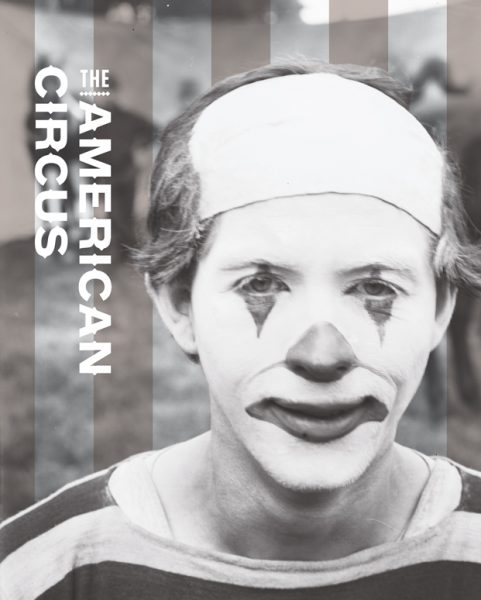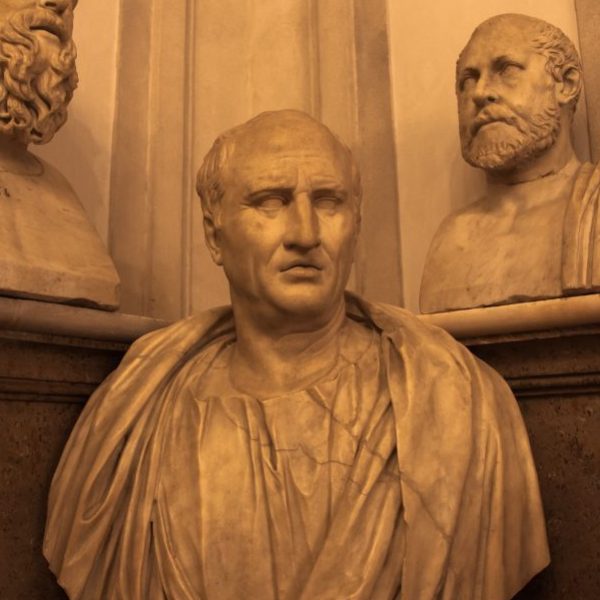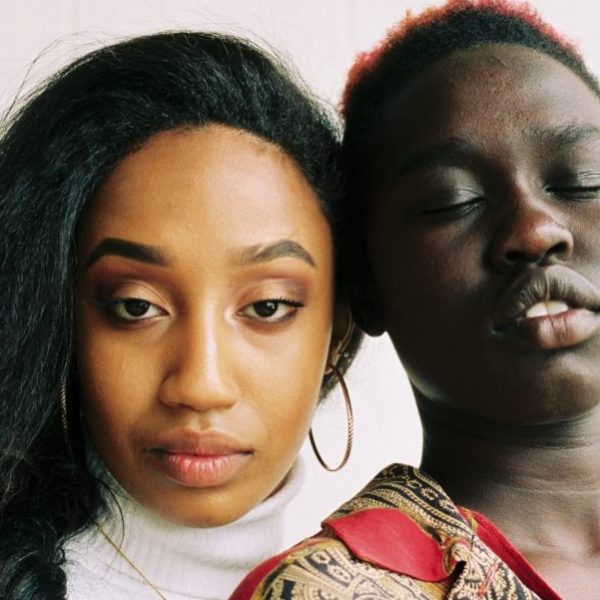The Circus in America
 In the introduction to Circus and the City: New York, 1793-2010, the catalogue accompanying a fabulous exhibition of the same name currently on view at the Bard Graduate Center in Manhattan, curator Matthew Wittmann recalls his own experience watching the hulking elephants of the Ringling Bros. and Barnum and Bailey Circus lumber down the streets of New York en route to Madison Square Garden. This spectacle, witnessed by Wittmann along with countless other enthralled New Yorkers (perhaps you were among them), echoes the famous parade a century earlier in which twenty-one elephants crossed the Brooklyn Bridge promoting the Barnum and London Circuses put on by the one and only P.T. Barnum.
In the introduction to Circus and the City: New York, 1793-2010, the catalogue accompanying a fabulous exhibition of the same name currently on view at the Bard Graduate Center in Manhattan, curator Matthew Wittmann recalls his own experience watching the hulking elephants of the Ringling Bros. and Barnum and Bailey Circus lumber down the streets of New York en route to Madison Square Garden. This spectacle, witnessed by Wittmann along with countless other enthralled New Yorkers (perhaps you were among them), echoes the famous parade a century earlier in which twenty-one elephants crossed the Brooklyn Bridge promoting the Barnum and London Circuses put on by the one and only P.T. Barnum.
New York has been a home to the circus since 1793 when the British equestrian John Bill Ricketts introduced this form of European popular entertainment to the United States. Cultural histories of the city have tended to focus on theatrical, literary, and musical entertainment, and have for the most part overlooked New York’s long and rich circus history. The opportunity for new, important critical attention inspired Wittmann to explore the development of the circus from its modest European origin into the uniquely American, sprawling railroad spectaculars through the perspective of New York City.
With the question of how “the commercialism and syncretism of the American circus intertwined with the rampant capitalism, spectacular growth, and the diversity…of the city” at the heart of the exhibit, Circus and City documents the “rise, apogee, and fragmentation” of the American circus in New York through 222 artifacts ranging from the vermillion sequined costume of a ring master to the many and eclectic promotional posters featuring clowns, lion-tamers, and trapeze artists.
 Whatever your impression of the circus before you enter, you will leave the exhibit with an appreciation for how intricately the circus has become interwoven into the cultural fabric of the America. Despite its “one day performances, calculated otherness, and its apparent apartness,” the circus has weighed in on conversations about race, immigration, sexuality, and politics. In putting on The Circus and the City, Wittmann holds up a mirror to America.
Whatever your impression of the circus before you enter, you will leave the exhibit with an appreciation for how intricately the circus has become interwoven into the cultural fabric of the America. Despite its “one day performances, calculated otherness, and its apparent apartness,” the circus has weighed in on conversations about race, immigration, sexuality, and politics. In putting on The Circus and the City, Wittmann holds up a mirror to America.
Circus and the City runs through February 3, 2012 at the Bard Graduate Center Galleries. The exhibition is accompanied by the fully illustrated catalogue, Circus and the City, and also by the magisterial book The American Circus, a compendium of essays on the development of the American circus, edited by Susan Weber, Kenneth Ames, and Matthew Wittman; both published by the Bard Graduate Center in partnership with Yale University Press.


























